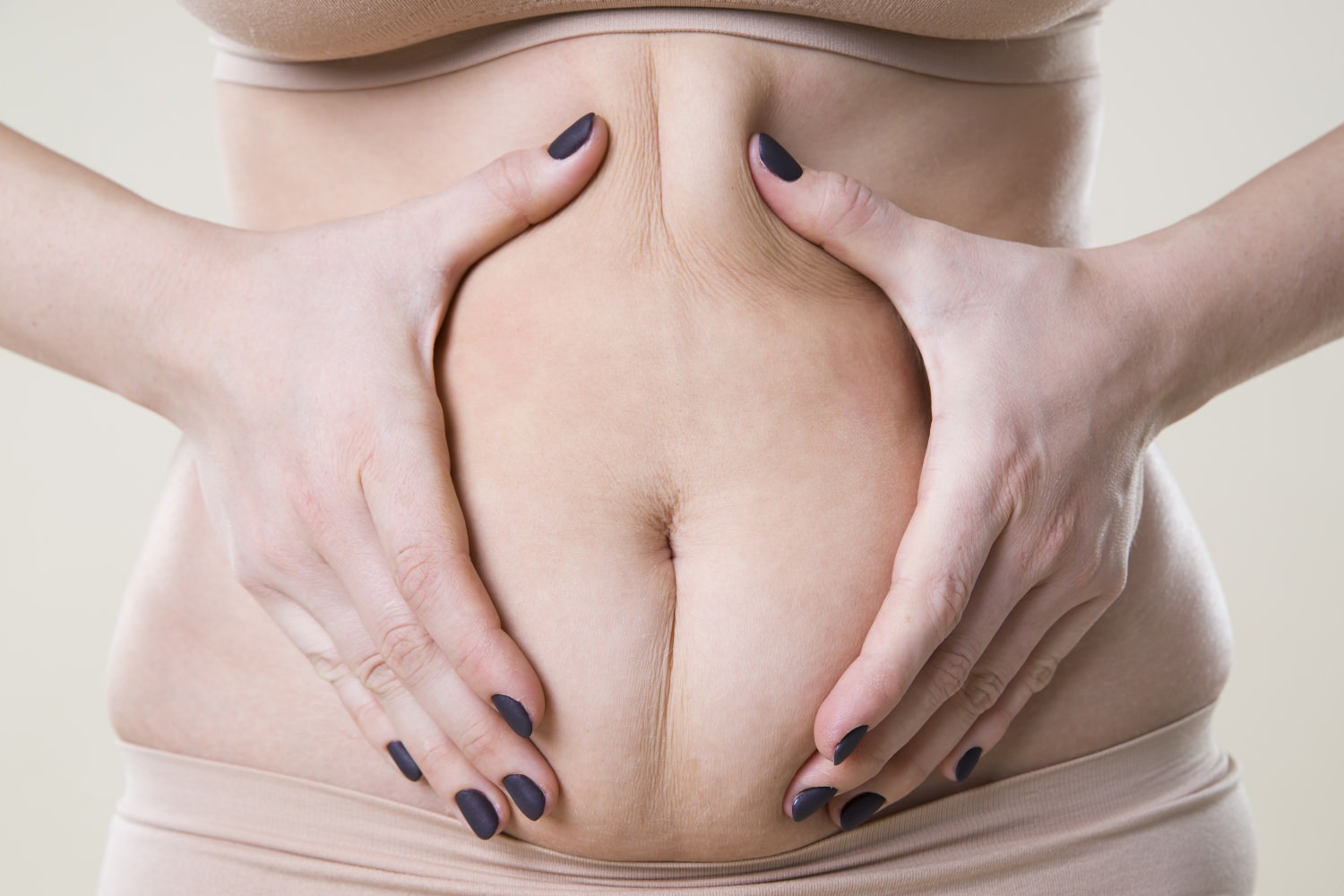Abdominoplasty or a “Tummy Tuck”
Abdominoplasty or a “tummy tuck” is plastic surgery procedure that removes loose skin and excessive fat from the abdomen and tightens the abdominal muscles for improved contour, tone and function. Doctor Chad Wu performs this procedure at his private clinic in Irvine, Los Angeles, California.
This surgery also allows for repair for the abdominal muscles that may have stretched during pregnancy that may have led to lower abdominal bulging. The result is a firmer, flatter and more youthful looking abdomen.

A tummy tuck is beneficial for those who have:
- A protruding abdomen from stretched muscles and skin.
- Loose, sagging abdominal skin that may hang over previous abdominal scars, such as caesarian section or appendix scars
- Abdominal muscles weakened by pregnancy or ageing, which has caused muscle separation and a “gap”

- Procedure time: 2.5 – 3.5 hours
- Downtime required: 2 – 3 weeks (depending on vocational requirements)
- Costs: 7300$ – 12800$ depending on the additional requests of the patient.
